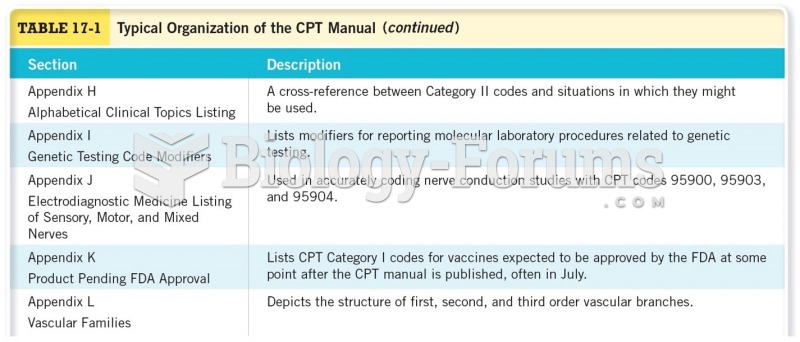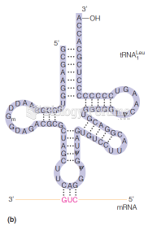Answer to Question 1
FALSE
Explanation: In a mechanistic structure decision-making authority is retained at the top of the organization; each employee performs a clearly defined task and knows exactly what his or her area of responsibility is.
Answer to Question 2
1, The Delphi technique was developed by the Rand Corporation. It systematically collects and organizes the opinions of several experts into a single decision when the experts are geographically dispersed. The process begins with the input of the experts. A group leader compiles the individual responses and shares them with everyone through reproduction and mailing. Each expert then comments on the individual decisions and sends his/her response back to the leader who looks for consensus of comments and summarizes the responses. The process is continued until a consensus decision is reached.
The Nominal group technique brings together a small group of decision makers, and in a number of hours leads them to a consensus-based decision. The problem is described to the group, who then work individually work out their own solution. The solutions are presented one at a time and recorded on a chart. Each one is discussed, clarified, and evaluated. Once all ideas are presented, they are ranked by the group, and the best one is selected. The decision makers are working as a group in name only since much of the work is done individually.
The Stepladder technique addresses the nonparticipation issue that often comes up when new members are added to a group already in the decision process. As new members are added, they are required to present their ideas. A pair of team members works on their idea and then they present it to the group. A third person is considering the group alone. The single contributor presents his/her ideas after the pair does and the three of them enter a discussion of the solution. At that time, a fourth person is added to the group, after having worked on the problem independently. And so on. After each additional person is added, the group works together toward a solution.







